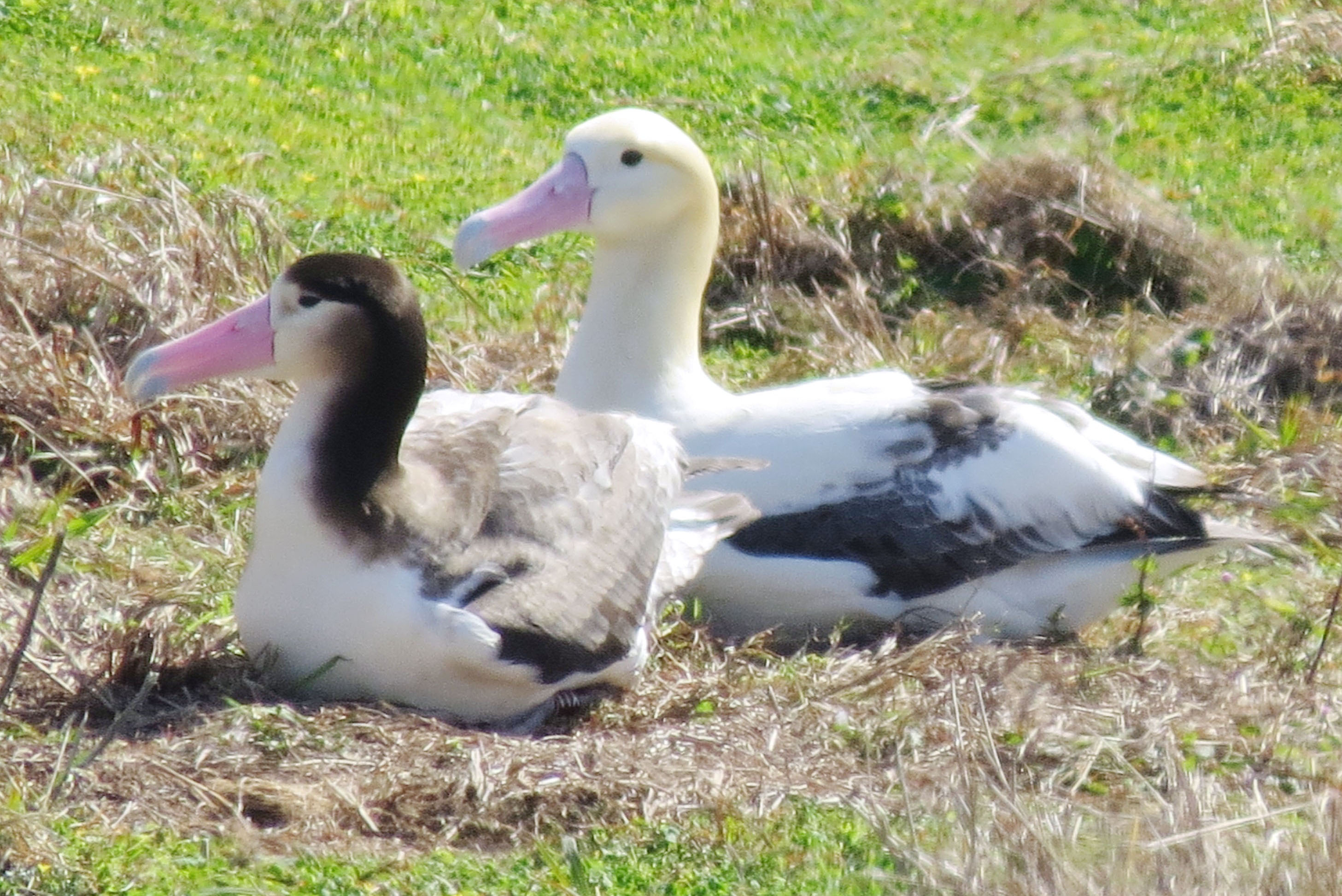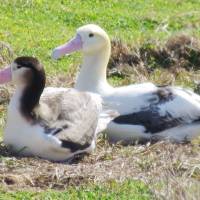The endangered short-tailed albatross is breeding in the Ogasawara Islands south of Tokyo for the first time since the end of the war.
The finding on Nakodo Island, announced Thursday by the Environment Ministry, the Tokyo Metropolitan Government and the Yamashina Institute for Ornithology, is considered significant for a species that once faced the threat of extinction.
The DNA of a feather from a baby bird found on the island last May has been confirmed to come from a pair of albatrosses on the island.
Previously, the seabird's breeding areas in Japan had been thought to be confined only to Torishima Island in the Izu chain, also in the Pacific, and the Senkaku Islands in the East China Sea.
The Ogasawaras used to be a habitat for tens of thousands of the seabirds and a major albatross breeding site, but it disappeared in the 1930s due to overhunting caused by demand for its feathers.
The institute transferred 70 young birds from Torishima Island to Muko Island in the Ogasawara chain from 2008 to 2012 to reintroduce the species. The 6-year-old female of the pair that produced the chick whose feather was tested is one of the birds that was transferred during that period, they said.




